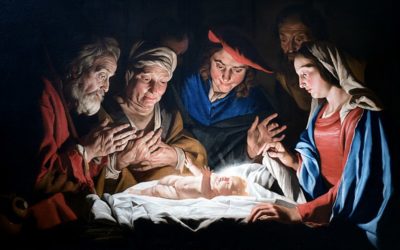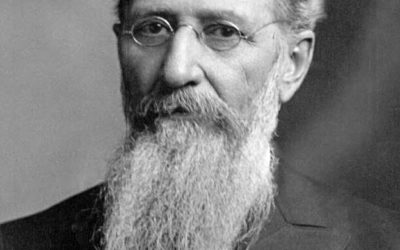Many people derive their understanding of Church history from paintings, photographs, and other visual depictions. Like other interpretive media, artistic depictions reflect the understanding and often the culture of the artist or photographer.
During the Joseph Smith era, there were precious few artistic depictions of Church history people, places, events, or subjects. Photography was in its infancy, and artistic renderings ranged from some that were well executed through others that were primitive and even to some that were deliberately distorted to evoke negative feelings in the viewer.
Some images for which people hunger today simply do not exist. For example, despite efforts by scholars and hobbyists to connect surviving photographs to Joseph Smith, there are no photographic images that can be said without doubt to be of him. The same is true of his brother Hyrum.
In the middle and later part of the nineteenth century, throughout the twentieth, and now into the twenty-first, many artists have attempted to portray Church history in a wide range of media. Some portrayals have become iconic, and students who do not study detailed textual sources along with artistic interpretations are sometimes surprised when a picture created by an artist and widely circulated does not fit with the historical reality reflected in textual sources. (See, e.g., October 2015 Ensign article title “Joseph the Seer.”)
To help correct such misperceptions, Dr. Anthony Sweat, an associate professor of Church history and doctrine at Brigham Young University, has published a book titled Repicturing the Restoration: New Art to Expand Our Understanding. It contains Dr. Sweat’s artistic representations of Church history events that “have been undepicted or have underemphasized some historical details” (back jacket text). Although this work is not definitive, it helps readers understand the importance of combining artistic representations with textual sources.



